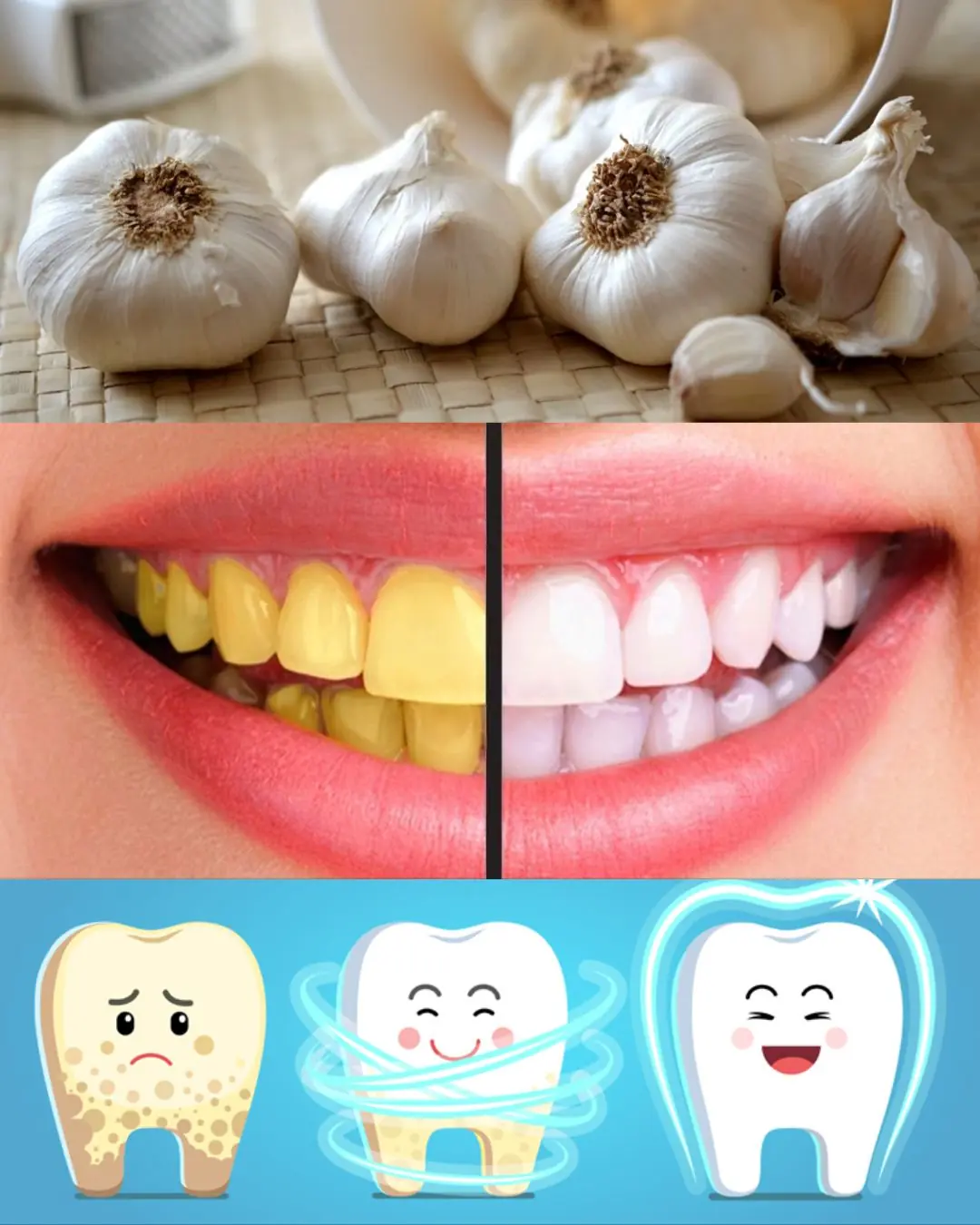
When your liver is bad, these parts start to hurt
The liver is your body’s main detox organ — responsible for filtering out toxins, metabolizing drugs, breaking down waste, and supporting digestion. It works quietly behind the scenes every day to keep your system clean and balanced.
But when your liver becomes overloaded, inflamed, or damaged, it starts to send out warning signals. These signs often show up in parts of the body you might not immediately associate with liver problems — like your shoulders, skin, or joints.
Understanding these symptoms early can help you take action to protect your liver before more serious damage sets in.
⚠️ 5 Common Areas Where You May Feel Liver Pain or Discomfort
1. Right Upper Abdomen (Under the Right Ribs)
Pain Location:
A dull ache, pressure, or sharp pain under your right rib cage.
Why:
The liver is located in the upper right side of your abdomen, protected by the ribs. When it becomes inflamed, swollen, or fatty, it stretches the surrounding capsule — leading to pain or a sensation of tightness in that area.
What It Might Indicate:
-
Fatty liver disease
-
Hepatitis (viral or alcoholic)
-
Liver congestion from poor diet, alcohol, or environmental toxins
2. Right Shoulder or Upper Back Pain
Pain Location:
A deep, dull pain that radiates to your right shoulder blade or upper back.
Why:
The phrenic nerve connects the liver area to your shoulder. When the liver presses against the diaphragm or becomes inflamed, the pain is often “referred” to your shoulder or upper back.
This may feel like:
-
Tension or tightness in the upper back
-
A nagging ache that doesn’t go away with stretching
3. Upper Stomach and Middle Abdomen
Pain Location:
Bloating, fullness, or discomfort in the middle and upper abdomen, especially after eating fatty meals.
Why:
When the liver’s function is compromised, bile production and flow decrease. Bile is essential for breaking down fats — without enough, digestion becomes sluggish, leading to gas, heaviness, and poor nutrient absorption.
You may also notice:
-
Nausea
-
Loss of appetite
-
Feeling full quickly after eating
4. Joints and Muscles
Why:
When the liver is damaged or overburdened, it releases toxins and inflammatory molecules into the bloodstream. These substances can cause systemic inflammation, showing up as:
-
Joint pain or stiffness
-
Muscle aches and fatigue
-
Symptoms resembling arthritis
This type of inflammation may not improve with typical painkillers and can worsen over time if liver health continues to decline.
5. Skin and Eyes
What to Look For:
-
Yellowing of the skin or eyes (jaundice)
-
Dry, itchy, or flaky skin
-
Dark under-eye circles or visible veins on the skin
-
Easy bruising
Why:
The liver breaks down bilirubin, a yellow pigment created when red blood cells break down. If the liver isn’t functioning properly, bilirubin builds up in the body, leading to jaundice and other visible skin issues.
These signs often indicate serious liver distress and should never be ignored.
🧠 Other Symptoms That May Point to Liver Trouble:
-
Persistent fatigue or mental “fog”
-
Nausea, especially after eating greasy food
-
Swelling in the abdomen (fluid retention)
-
Dark-colored urine or pale stools
-
Bad breath (ammonia or sulfur-like smell)
-
Weight gain around the belly despite normal diet
🌿 How to Support Your Liver and Help It Heal
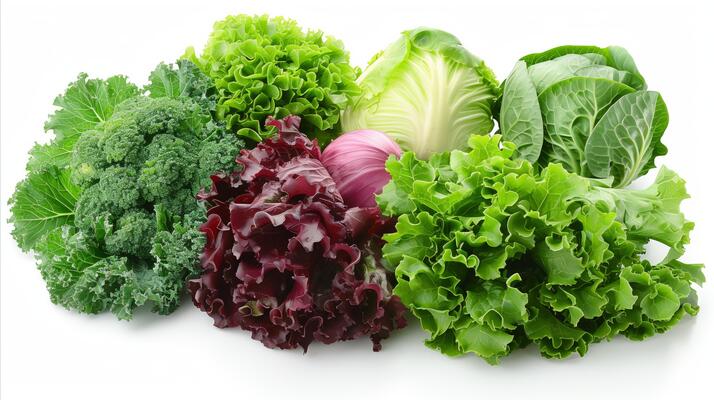
The good news? Your liver is remarkably resilient — it has the unique ability to regenerate itself, especially when given the right support.
Here’s how you can help it recover and thrive:
✅ 1. Drink Liver-Cleansing Beverages
Drinking certain fluids daily can help flush toxins, improve bile flow, and reduce inflammation.
Best choices:
-
Warm lemon water – a gentle morning detoxifier
-
Green tea – high in catechins, which protect liver cells
-
Beetroot juice – supports bile production and blood purification
-
Banana stem juice – helps prevent fatty buildup and detoxifies naturally
-
Dandelion root tea – stimulates liver function and relieves congestion
-
Turmeric water – anti-inflammatory and antioxidant-rich
Tip: Start your day with 1–2 cups of any of the above. Consistency is key.
✅ 2. Eat Liver-Healing Foods
Adding certain foods to your diet regularly can enhance detox, reduce inflammation, and promote liver repair.
Top liver-supporting foods:
-
Leafy greens (spinach, kale, arugula) – alkalize the body and remove heavy metals
-
Garlic & onions – rich in sulfur compounds that activate liver enzymes
-
Avocados – high in glutathione, a liver-healing antioxidant
-
Grapefruit – boosts natural cleansing enzymes (but avoid if you're on certain medications)
-
Apples & carrots – rich in pectin to help eliminate waste
-
Fatty fish (salmon, sardines) – provide omega-3s to reduce liver inflammation
🚫 What to Avoid to Protect Your Liver
1. Alcohol
-
The #1 cause of liver inflammation and long-term liver disease
-
Even small daily amounts can cause lasting damage
2. Processed foods & sugary drinks
-
Fructose overload from soda and sweets contributes to non-alcoholic fatty liver disease
3. Fried & greasy foods
-
High in trans fats that stress the liver and promote fat buildup
4. Overuse of medications
-
Especially painkillers like acetaminophen (paracetamol) — a leading cause of liver failure when overused
5. Chronic stress & poor sleep
-
Both slow down liver regeneration and increase inflammation
🕒 Daily Liver-Friendly Routine
Here’s a simple daily structure to support liver health:
Morning:
-
Drink warm lemon water or beetroot juice
-
Do light stretching or a short walk to stimulate circulation
Breakfast:
-
Eat oats with fruit, drink green tea
-
Add flax seeds or chia for fiber
Lunch:
-
Include leafy greens, garlic, and omega-3 rich fish
Evening:
-
Avoid alcohol, fried foods, and heavy meals
-
Opt for a light soup or steamed vegetables
Before Bed:
-
Drink turmeric or dandelion tea to support nighttime detox
📋 Summary: Liver Pain, Causes, and What to Do
| Symptom Area | Cause | What to Do |
|---|---|---|
| Right upper abdomen | Fatty or inflamed liver | Lemon water, anti-inflammatory diet |
| Right shoulder/back | Referred nerve pain | Warm compress, reduce liver inflammation |
| Upper stomach | Poor bile flow, sluggish digestion | Beet juice, smaller meals |
| Joints & muscles | Toxin buildup | Hydrate, detox foods, daily movement |
| Skin & eyes | Bilirubin buildup | Detox support, check liver enzyme levels |
🌟 Final Thoughts: Your Liver Can Heal — But You Must Help It
Your liver is a powerful organ that can regenerate itself — but it needs your support. If you’re experiencing signs of liver stress, don’t ignore them. Instead, start making small daily changes:
-
Cut back on alcohol
-
Drink cleansing herbal teas
-
Eat clean, colorful, nutrient-rich foods
-
Prioritize rest, hydration, and light movement
Within a few weeks, you may notice:
-
More energy
-
Clearer skin
-
Better digestion
-
Less bloating
-
Improved mood and focus
These are all signs your liver is beginning to heal.
News in the same category


People with these 3 health problems should NEVER drink coffee
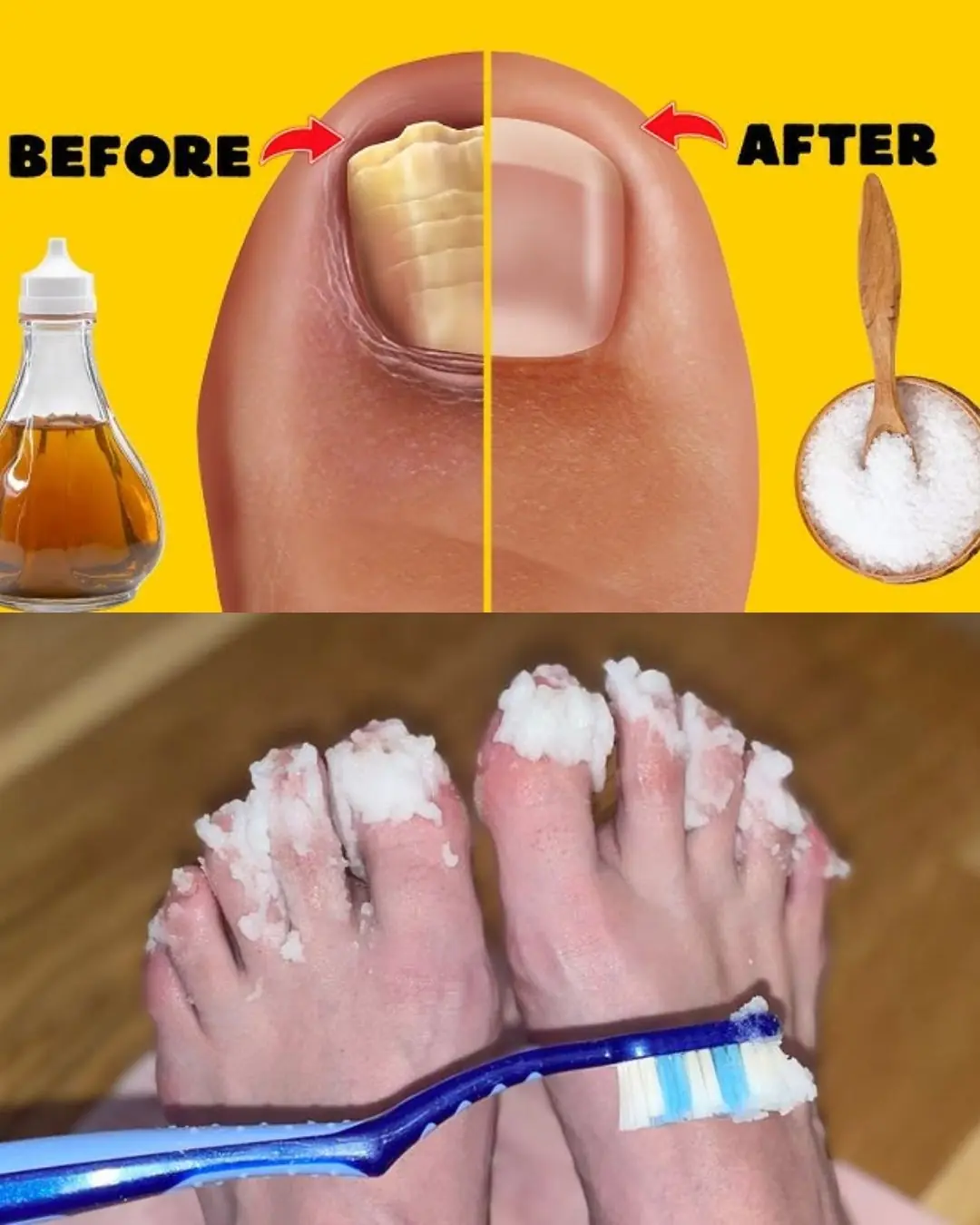
If you have nail fungus, try this natural cure; it goes away fast
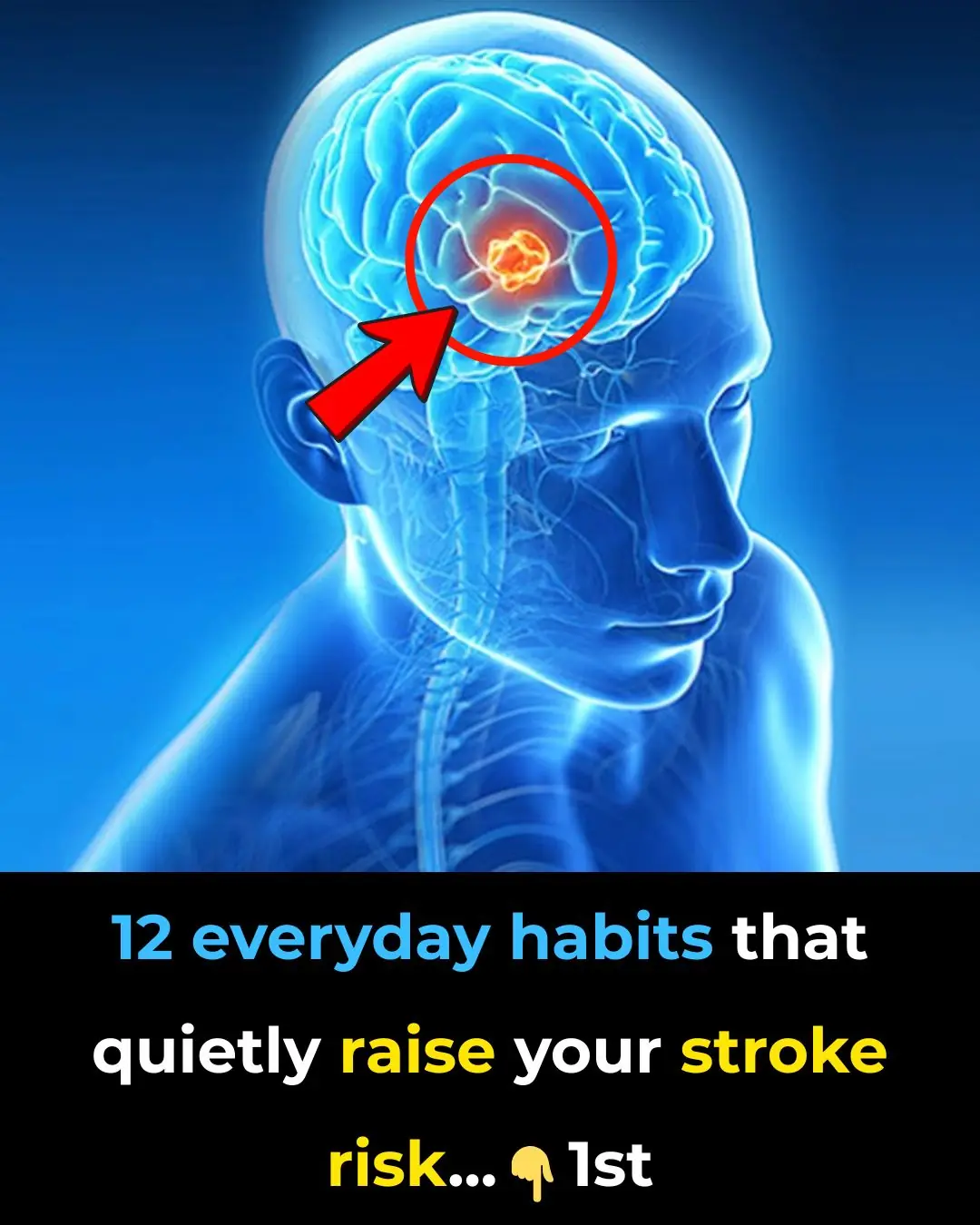
12 everyday habits that quietly raise your stroke risk
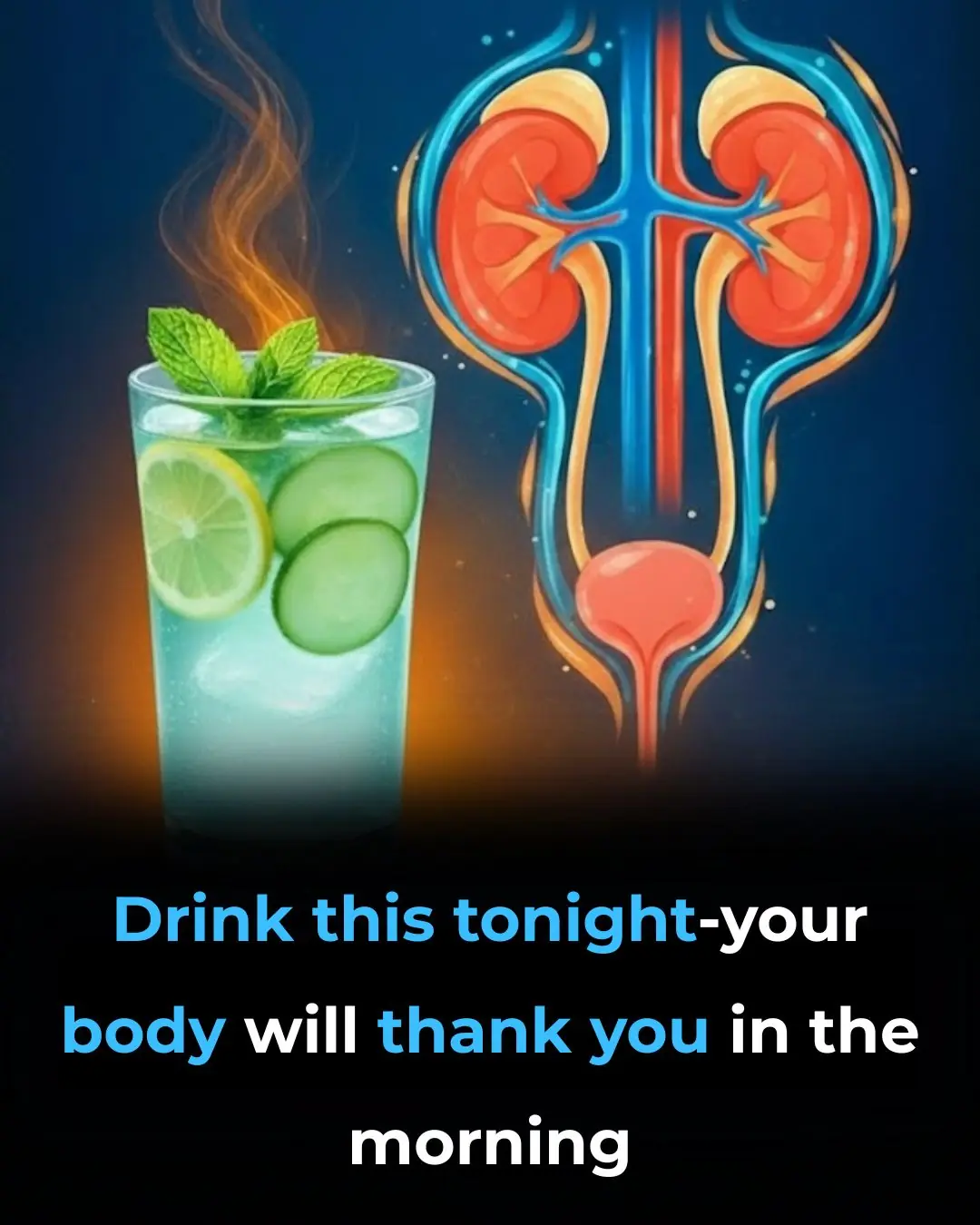
Drink this before bed to balance blood sugar & stop nighttime bathroom trips!
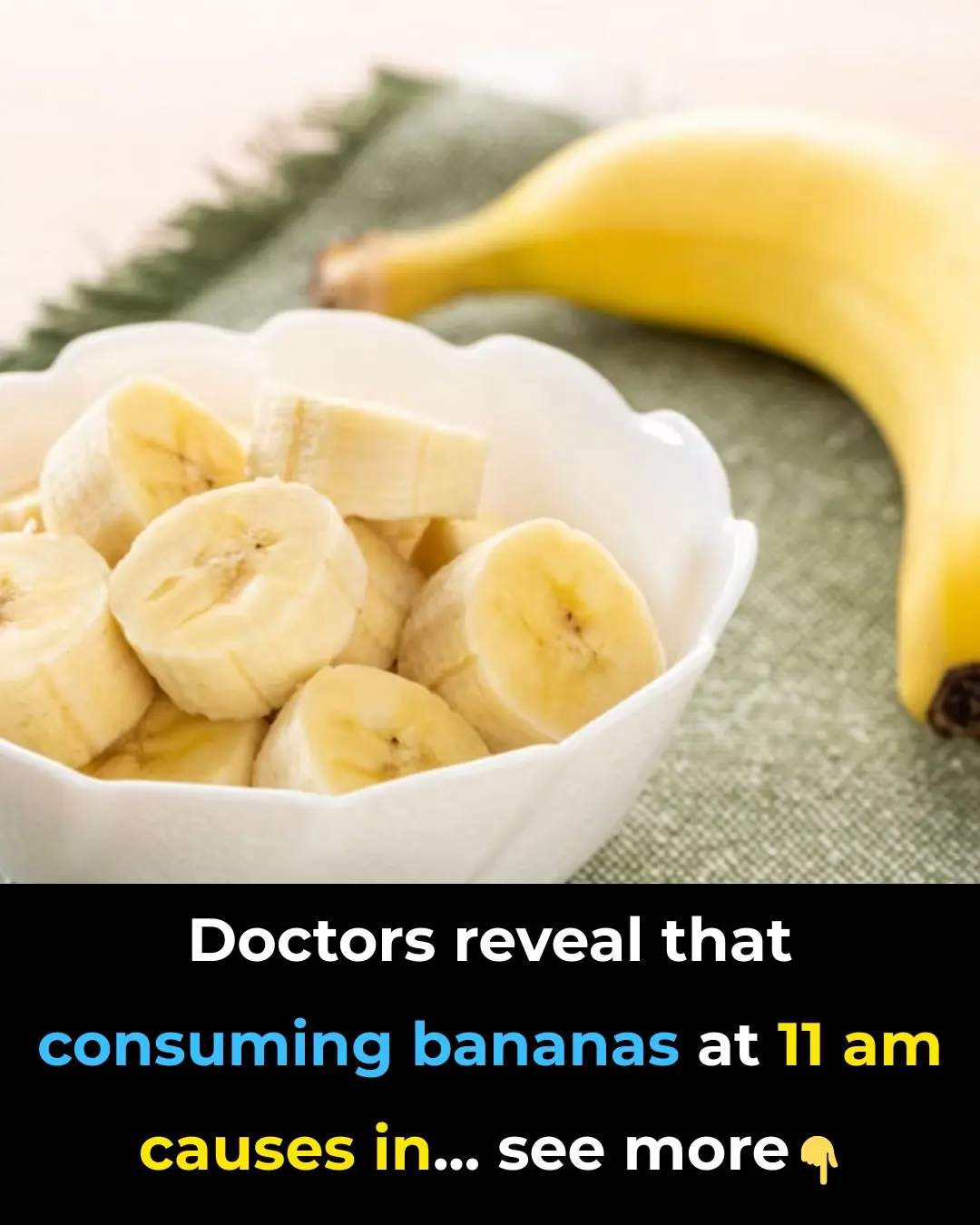
Doctors reveal that consuming bananas at 11 am causes in
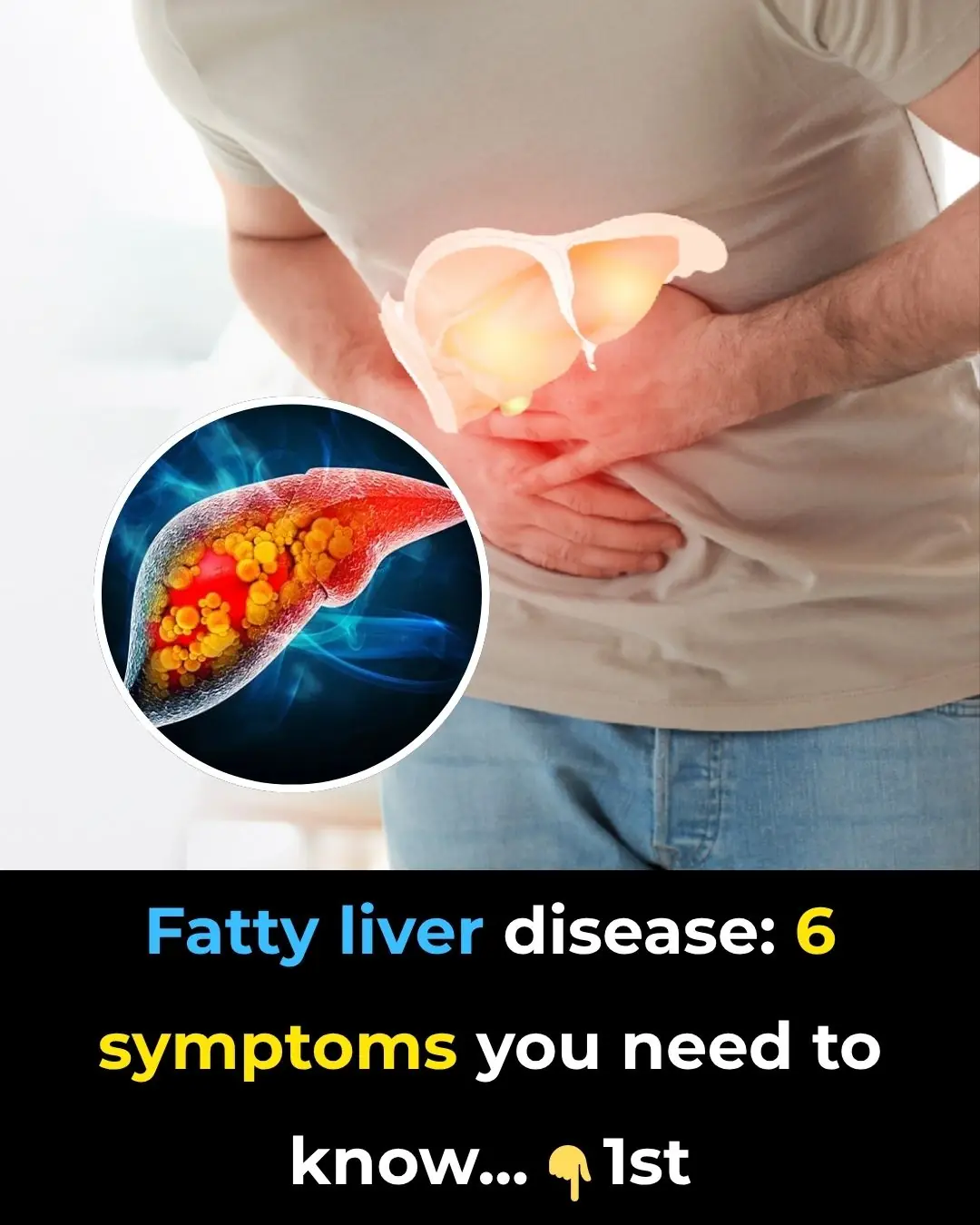
Fatty liver disease: 6 symptoms you need to know

The Mystery Behind Sudden Sharp Chest Pains Has Finally Been Solved
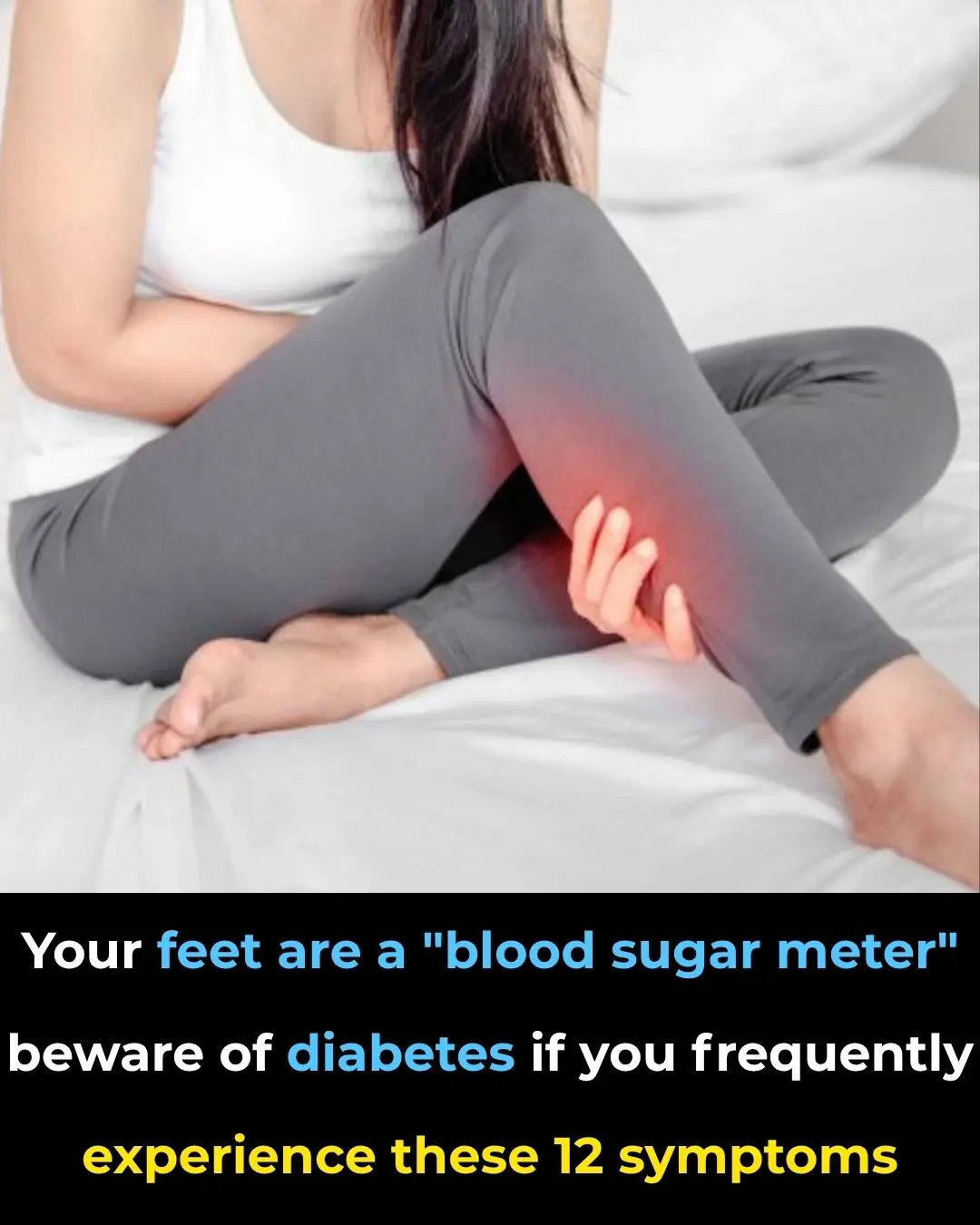
10 Unusual Foot Symptoms That May Indicate Diabetes

Eat This Seed and Watch Your Vision Improve — Especially After 60!
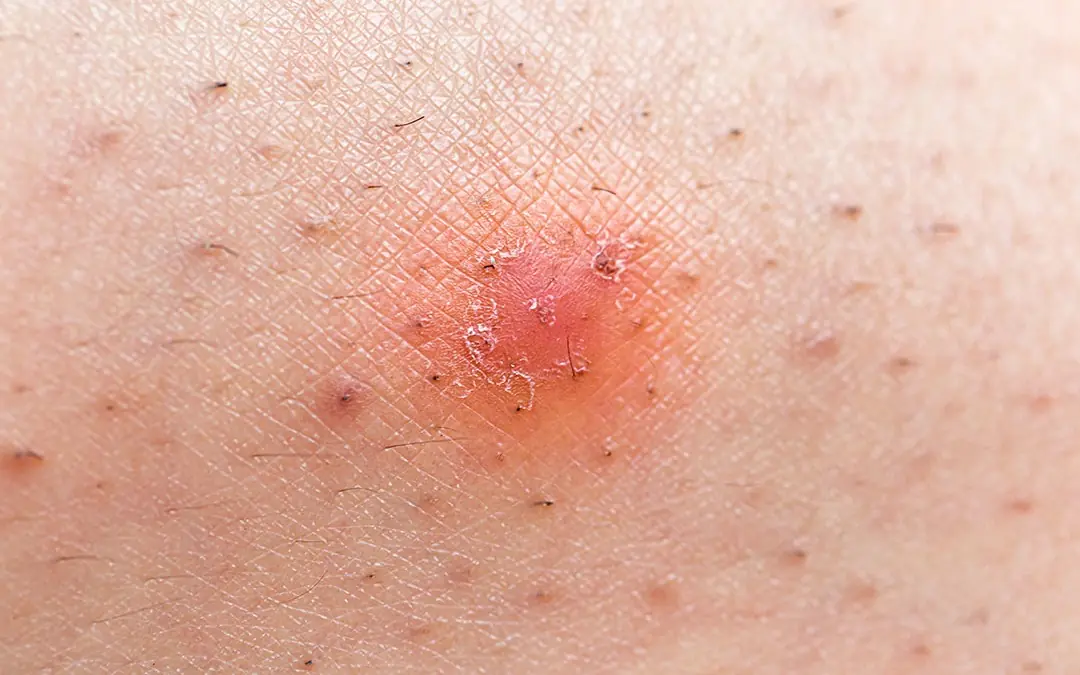
Why You Should Never Ignore a Bump on Your Inner Thigh and How to Get Rid of It
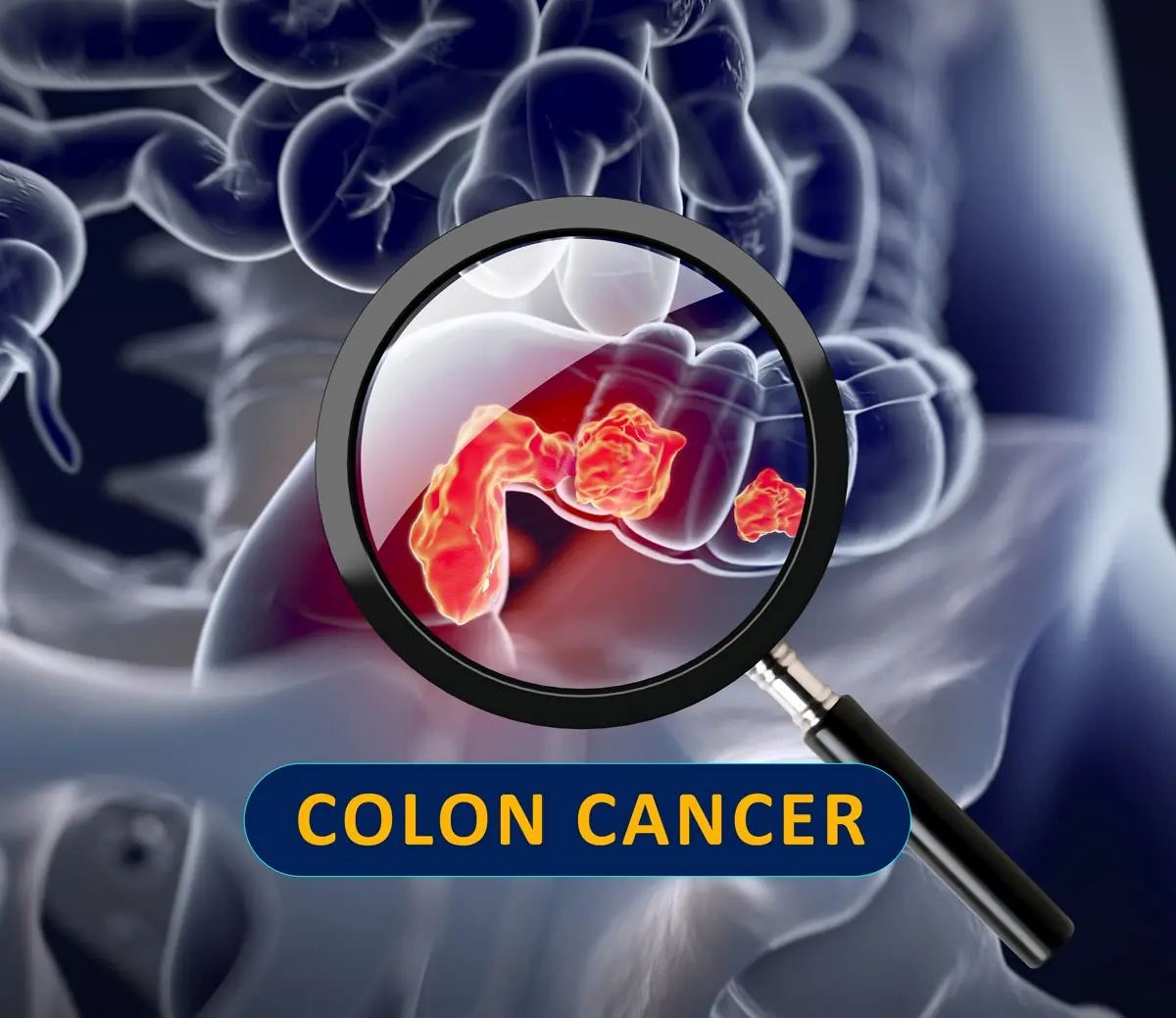
New Research Finds 40–50% of Colon Cancer Cases Can Be Prevented by Doing These Simple Things
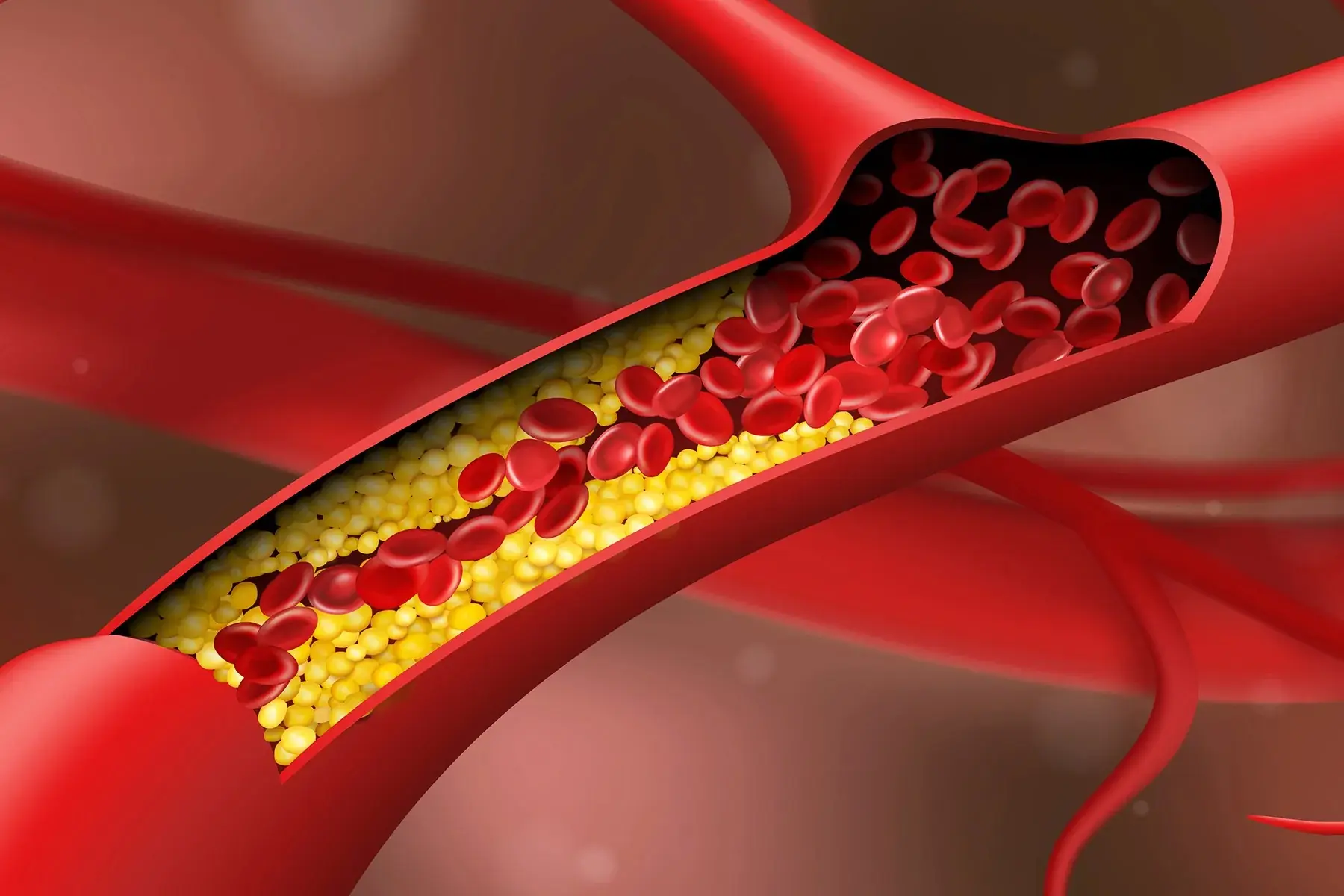
CLOGGED ARTERIES TRIGGER HEART ATTACKS AND STROKE EAT THIS TO HELP UNCLOG YOUR ARTERIES
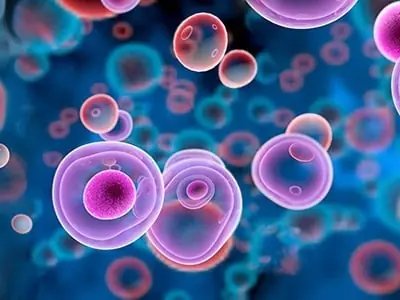
How Water Fasting Triggers Powerful Cellular Healing and Reveals Surprising Long-Term Benefits
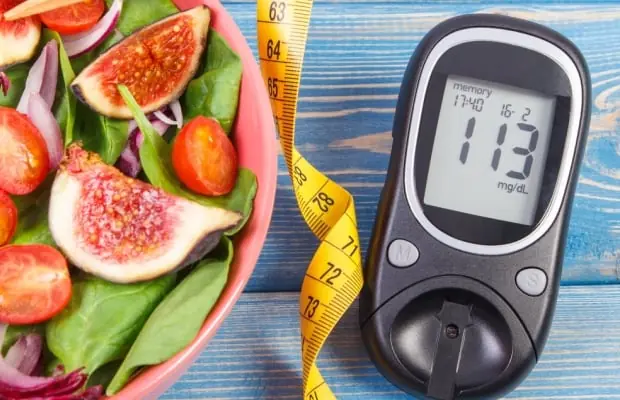
5 Hidden Signs Cataracts Are Already Affecting Your Eyes (and How to Stop Them After 60)
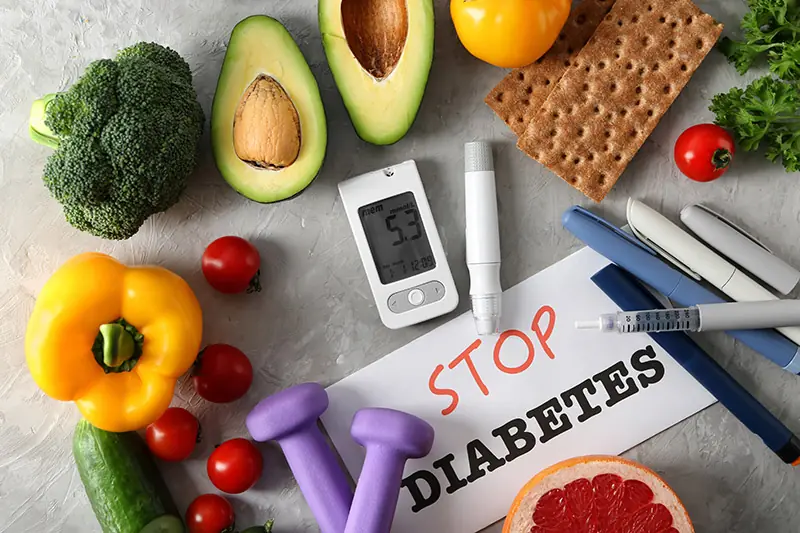
90% of Diabetes Cases Could End If You STOP These Foods

Drink One Cup Daily of Mullein Tea to Cleanse Your Lungs of Phlegm and Toxins
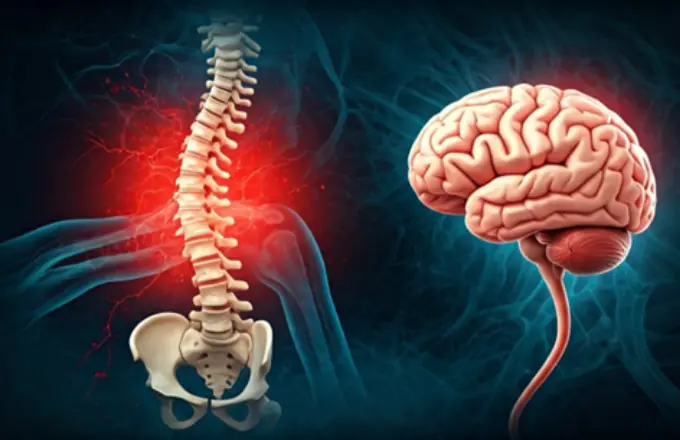
Agmatine: A Little-Known Nutrient for Fibromyalgia and Nerve Pain
News Post

Black-Owned Dallas Restaurant Closes Weekly To Serve And Uplift The Homeless

’You Don’t Get to Take Advantage’: Son of Angie Stone and D’Angelo Says the Days of ‘Fake’ Friends and Family Using His Mother Is ‘Done’

Improve your oral health naturally with garlic

🌙 7 Gentle Drinks Before Bed That May Support Blood Sugar & Reduce Nighttime Urination

People with these 3 health problems should NEVER drink coffee

A Cry That Changed Everything: How One Officer’s Heroic Act Saved a Life and Left a Lasting Mark.32

A Kiss That Speaks: The Extraordinary Bond Between a Child and a Deaf Dog

Give one away to an orphanage. We can’t handle three,” he said indifferently, barely glancing at the children.

An Old Man Found a Pregnant Girl in the Snow. He Saved Her from the Blizzard. And She Gave Him a Reason to Live

No Words, Just Love: A Second Grader’s Quiet Lesson in True Friendship.108

— Did you see the suitcases by the entrance? Those belong to your family. If you have any objections, I packed yours too, — the wife greeted her husband with an ultimatum.

The midwife pushed the pregnant girl out the door of the delivery room, throwing back over her shoulder: “Give birth on the street.”
The Day Two Puppies Found a Family — and Gave One Back

The terminally ill son of wealthy parents married a naive girl, and she took him off to a remote area. Six months later, his parents could hardly recognize their son.
Love at First Mess: A Couple’s Joyful Journey With Their First Puppy

A week alone would make her compliant, like silk. But when he saw what had happened during that time, he froze just stepping over the threshold.

Classmates were mocking me at the reunion, thinking I was still a nobody… But in the morning, they saw me on the cover of a business magazine.

LIVE LIKE BRANSON – THE BOY WHO TAUGHT THE WORLD HOW TO LOVE BRAVELY
